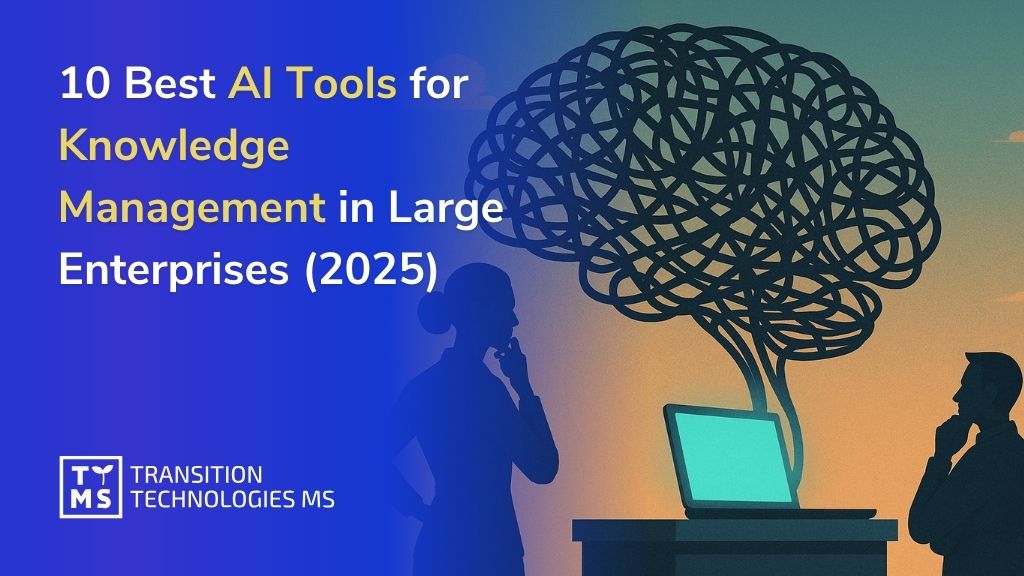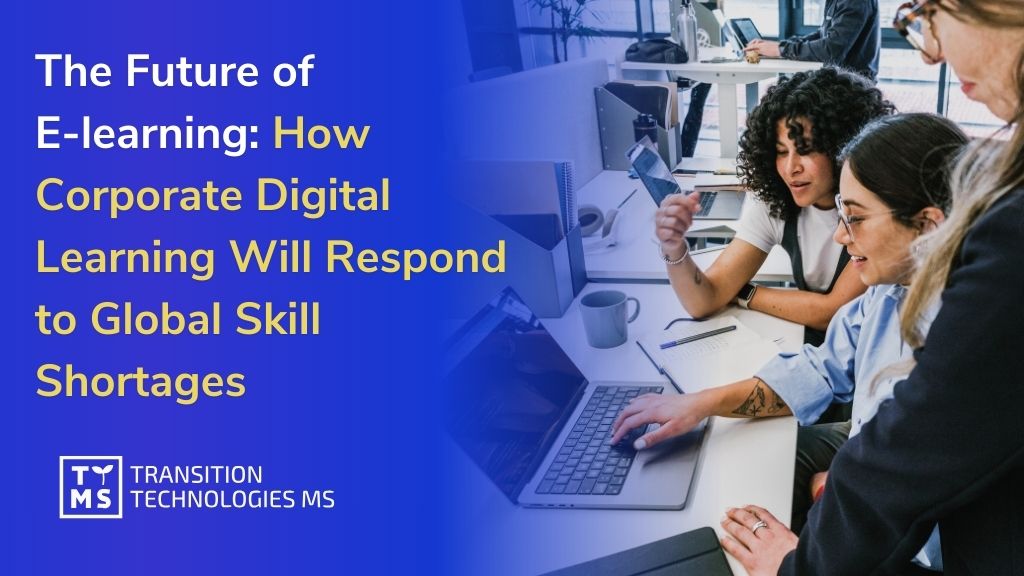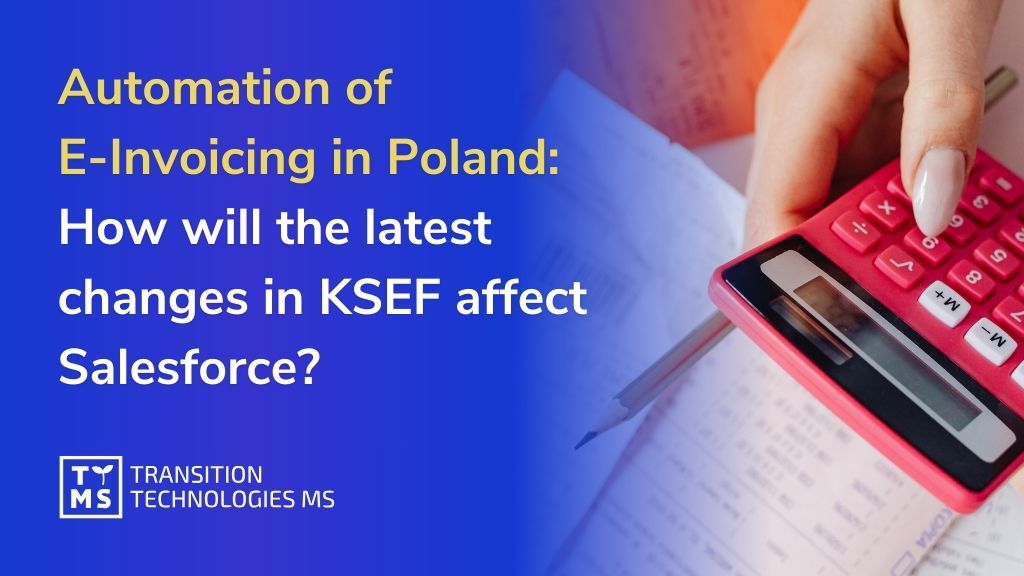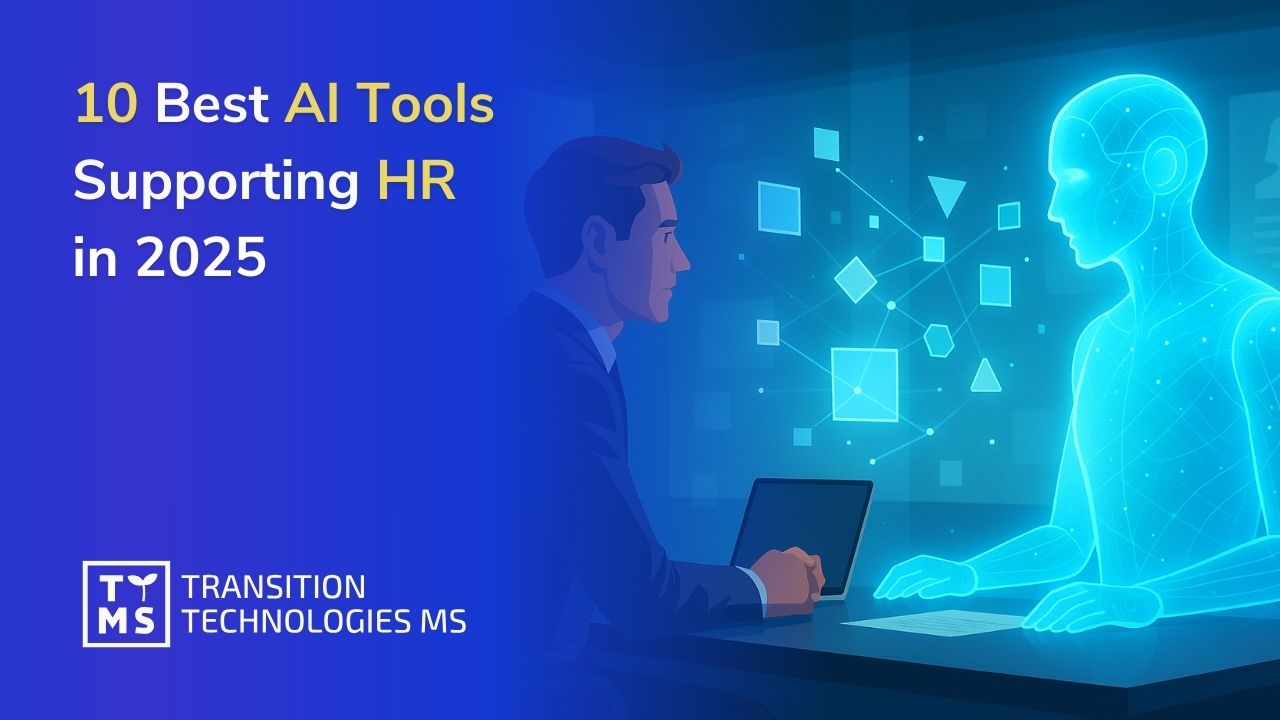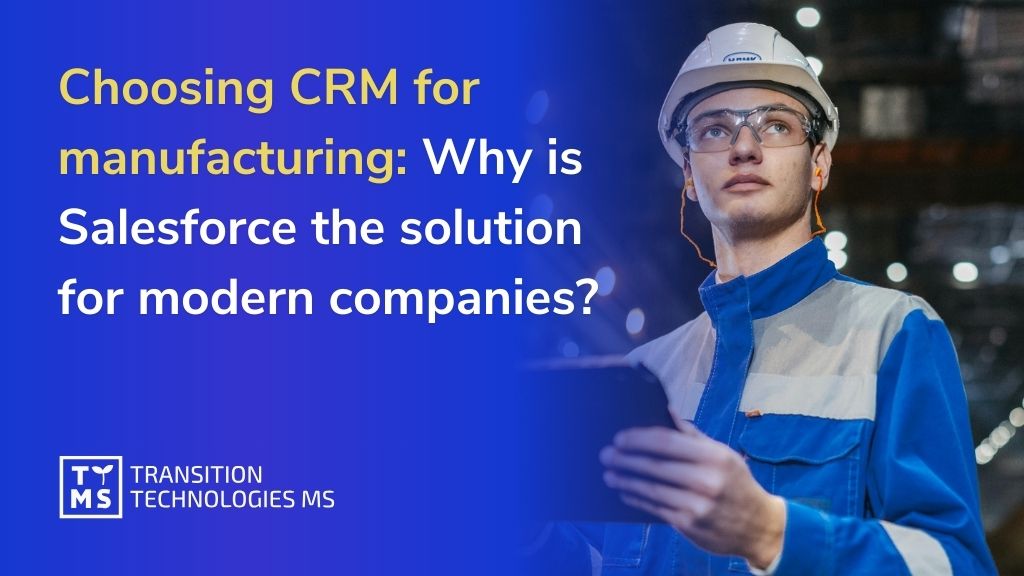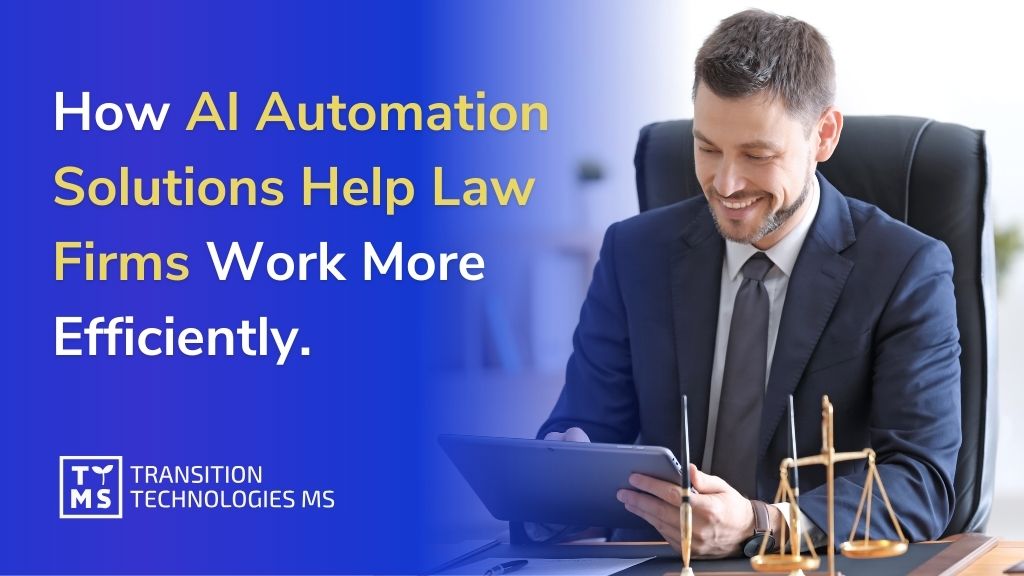WEBCON Business Process Suite (BPS) is a low-code platform for building and automating business processes and understanding bps automation concepts. It offers a range of features and solutions for creating custom workflows, forms, and reports. With WEBCON BPS, organizations can streamline their operations and increase efficiency.
- What is Webcon?
- What is WEBCON Business Process Suite (BPS)?
- Why do companies use BPS?
- What are BPS Webcon Features?
- What Solutions Does Webcon Offer?
- Consider TTMS as Your Trusted Partner in Webcon Software
- Final thoughts
Organizations must possess the capability to promptly adjust to new opportunities and challenges in today’s rapidly evolving and dynamic business landscape. This requires streamlined processes, efficient workflows, and effective communication channels between teams and departments. One solution to this problem is WEBCON Business Process Suite (BPS), a powerful digital application platform that enables organizations to automate, optimize, and manage their business processes in a way that’s both agile and cost-effective, making it ideal for bps business needs.
According to a report by Statista, the global business process management (BPM) software market is projected to grow from $6.96 billion in 2020 to $14.15 billion by 2026, representing a compound annual growth rate (CAGR) of 11.2%. This growth is driven by the need for digital transformation and process automation across various industries, including finance, healthcare, manufacturing, and government.
This article will investigate WEBCON BPS’s essential features and solutions, providing insights into its functionality and how it can aid businesses in accomplishing their objectives with greater efficiency.
1. What is Webcon?
Webcon is a leading European-based provider of a complete low-code application platform for mass delivering business applications. Founded in 2006, the company has offices in Poland, Germany, and the UK and serves customers across Europe, North America, and Asia. With over 15 years of experience in the industry, Webcon engineers have developed a comprehensive suite of software solutions for business process management, enterprise workflow automation, document management, and more.
Webcon’s digital application platform enables organizations to create customized applications without the need for extensive coding skills, reducing development time and costs. The company’s solutions are designed to improve efficiency, productivity, and collaboration across all departments and teams.
![]()
2. What is WEBCON Business Process Suite (BPS)?
WEBCON Business Process Suite (BPS) is a low-code digital application platform that enables organizations to automate and manage their business processes more efficiently. With BPS, companies can create customized workflows, automate tasks, and streamline communication between departments, all while reducing costs and improving productivity.
BPM software is used for managing and optimizing business processes, helping answer what is bps in business, and allowing organizations to create more streamlined and efficient Webcon workflow. A suite of software tools and solutions, known as a business process management suite, is available to assist companies in designing, executing, monitoring, and analyzing their business processes. BPS services include process modeling, automation, optimization, and analytics, among others.
The difference between business process improvement (BPI) and BPM is that BPI is a one-time initiative aimed at optimizing specific processes, while BPM is an ongoing approach to managing and improving all business processes across the organization.
3. Why do companies use BPS?
Companies use BPS to achieve a range of benefits, including:
- Increased efficiency and productivity
- Improved communication and collaboration between teams
- Streamlined workflows and reduced errors
- Cost savings through process optimization and automation
- Better compliance with regulations and standards
- Enhanced visibility and control over bps business process management
4. What are BPS Webcon Features?
WEBCON BPS offers a range of features and capabilities that enable organizations to create customized workflows, automate tasks, and optimize their business processes. Webcon Business Process Suite features:
- Drag-and-drop process designer: Webcon BPS has a user-friendly interface that allows businesses to design their processes quickly and efficiently.
- Enterprise-grade security: The software offers advanced security features to protect sensitive business data.
- Integration capabilities: Webcon BPS integrates with other systems and applications, including ERP, CRM, and HR systems, to provide a seamless user experience.
- Advanced reporting and analytics: The software provides real-time analytics and reporting capabilities that help businesses make data-driven decisions.
- Multi-language support: Webcon BPS supports multiple languages, making it ideal for businesses with a global presence.
- Mobile application: The software has a mobile application that allows users to access their processes from anywhere.
- Instant Change: allows users to quickly and easily update their website’s content without requiring any coding or technical knowledge.
Webcon BPS offers a wide range of features that can help businesses streamline their processes and improve their operational efficiency.
5. What Solutions Does Webcon Offer?
Webcon offers a range of solutions that can help businesses automate and optimize their processes. Here are some of the key solutions:
Low-code Application Development
Webcon BPS offers a low-code application development platform that allows businesses to build custom applications quickly and efficiently. The platform offers drag-and-drop tools that enable developers to build applications without coding. This solution helps businesses reduce development time and costs while improving application quality and user experience.
Enterprise Workflow Automation
Webcon BPS provides an enterprise workflow automation solution that automates and streamlines business processes. The solution offers a user-friendly interface that allows businesses to design and automate workflows quickly and efficiently. This solution helps businesses improve their operational efficiency, reduce costs, and improve the quality of their products and services.
Document Management
Webcon BPS offers a document management solution that allows businesses to manage and organize
Rapid Prototyping
Webcon’s rapid prototyping solution allows businesses to quickly develop and test new ideas without the need for extensive coding or development. With its intuitive interface and advanced prototyping tools, businesses can quickly create and test new applications, features, and workflows.
Citizen-Assisted Development
Webcon’s citizen-assisted development solution empowers businesses to engage their employees and stakeholders in the application development process. With its user-friendly interface and intuitive design tools, employees, stakeholders, and even webcon engineers can quickly and easily contribute to the development of new applications and workflows.
Overall, Webcon’s solutions are designed to help businesses improve their processes, streamline their workflows, and enhance their overall efficiency. Whether you’re looking to develop new applications, automate your workflows, or manage your documents more effectively, Webcon has the tools and solutions you need to succeed.
6. Consider TTMS as Your Trusted Partner in Webcon Software
Transition Technologies MS is a Polish IT service provider belonging to the Transition Technologies Capital Group. GKTT is one of the largest organizations operating in the IT industry in Poland. Transition Technologies MS has been operating since 2015. We have 9 offices in Poland, and our branches or sales representatives are present in Malaysia, Denmark, Great Britain, the United States, Australia and Singapore. We currently employ over 800 specialists, but – if necessary – we can use the knowledge of over 2,000 experts thanks to our membership in the TT Capital Group. In every area in which we have competence, we strive to be one of the leaders.
We have built and are constantly expanding the team of WebCon Consult specialists. Over 7 years of Webcon experience – this is what our consultants can be proud of. Our solutions cater to businesses of all types. Let the specificity of your business remain a market advantage thanks to digital transformation.
We possess authorized Webcon certifications and continuously enhance our skills. This year alone, we will participate in three distinct training programs. Find yourself in the low-code era and trust Transition Technologies MS – and official Webcon Partner.
7. Final thoughts
Webcon is a prominent provider of low-code application platforms in Europe, offering mass delivery of business applications. The company’s flagship product, the Webcon Business Process Suite (BPS), is a robust software solution that assists organizations in streamlining and automating their business processes, which can result in increased efficiency, reduced costs, and enhanced customer experiences.
With Webcon BPS, organizations can easily develop, deploy, and manage complex workflows and business processes. The company’s technologies offer an array of features and solutions, such as low-code application development, enterprise workflow automation, document management, rapid prototyping, and citizen-assisted development, each designed to help organizations solve specific problems and streamline their processes, ultimately leading to improved business outcomes.
In summary, Webcon BPS is an exceptional choice for companies operating in any industry or scale, aiming to automate their workflows and improve operational efficiency. With its user-friendly interface, powerful features, and excellent customer support, Webcon BPS is a valuable asset for organizations seeking to stay ahead of the competition in 2023 and beyond.
If you have any questions about implementation Webcon and its benefits – feel free to contact us and discuss your project.
How does WEBCON BPS enhance business agility?
WEBCON BPS enhances business agility by allowing organizations to quickly create and modify workflows using a low-code platform. This flexibility enables rapid adaptation to changing business needs and market conditions, streamlining operations and fostering innovation without extensive coding. The platform’s drag-and-drop designer, real-time analytics, and mobile access further support agile responses to business challenges.
What makes WEBCON BPS a secure choice for businesses?
WEBCON BPS ensures enterprise-grade security with advanced features to protect sensitive business data. It supports role-based access control, data encryption, and compliance with regulatory standards, safeguarding information while maintaining workflow efficiency. Additionally, the platform tracks all report downloads and changes, providing a transparent and secure environment for data management.
How does WEBCON BPS integrate with existing systems?
WEBCON BPS offers robust integration capabilities with various systems like ERP, CRM, and HR platforms. This seamless integration allows for a unified data flow and enhanced operational coherence, reducing data silos and improving overall business processes. The platform’s API support and connectors facilitate easy integration with existing IT infrastructure, ensuring smooth data exchange and process continuity.
What role does WEBCON BPS play in digital transformation?
WEBCON BPS is pivotal in digital transformation by automating and optimizing business processes. It provides tools for rapid prototyping, low-code application development, and citizen-assisted development, enabling businesses to innovate and improve efficiency while reducing operational costs. By streamlining workflows and enhancing data-driven decision-making, WEBCON BPS helps organizations stay competitive and responsive in a digital economy.
Why choose TTMS as a partner for implementing WEBCON BPS?
TTMS offers extensive experience and certified expertise in WEBCON BPS implementation. With a dedicated team of specialists and a track record of successful projects, TTMS provides tailored solutions, comprehensive support, and continuous skill enhancement to ensure seamless digital transformation and process optimization. Their deep knowledge of WEBCON and commitment to client success make them a reliable partner for maximizing the benefits of the platform.
How to use WEBCON?
WEBCON is a digital application platform that allows businesses to automate and optimize their processes. To use WEBCON, users can start by designing their processes using the Webcon Business Process Suite features. They can then deploy their processes and use the platform’s analytics and reporting features to monitor and improve their performance. The intuitive interface and drag-and-drop tools facilitate easy process design and modification without the need for extensive coding skills.
Who is the CEO of WEBCON?
The CEO of WEBCON is Pawel Kowalski. Under his leadership, WEBCON has continued to innovate and expand its offerings in the business process automation market, maintaining its reputation as a leading provider of low-code application platforms.
What is WEBCON BPS?
WEBCON Business Process Suite (BPS) is a platform for automating and optimizing business processes. It allows users to design, deploy, and manage workflows and applications without coding, making it a powerful tool for businesses of all sizes. BPS includes features such as process modeling, automation, and real-time analytics to enhance operational efficiency and data-driven decision-making.
Who are the typical users of WEBCON Business Process Suite?
WEBCON Business Process Suite is designed for businesses of all sizes and industries that want to automate and optimize their processes. It is particularly useful for companies in highly regulated industries, such as finance and healthcare, where compliance and data security are critical. Its versatility and scalability make it suitable for any organization seeking to improve workflow efficiency and process management.
